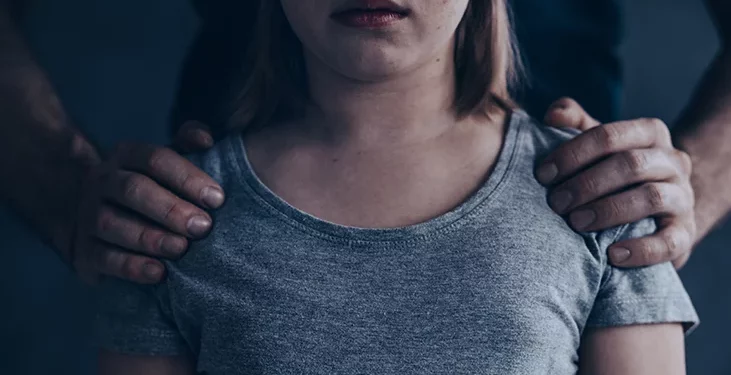Despite the widespread stigma around sibling sexual abuse, it is relatively under-reported and understudied. While most cases involve an older brother abusing his younger sister, abuse can occur between siblings of any age and gender.
It is important to understand the dynamics of sibling abuse to avoid inappropriately pathologizing developmentally normal sexual exploration. This is a critical issue for counselors to understand.
Table of Contents
Prevalence
Sibling sexual abuse (SSA) is a hidden epidemic. It occurs most often between biological siblings but can also happen between step-siblings and half-siblings. SSA involves the misuse of power and typically includes exploitation. It can be non-contact or contact-based and consist of physical and emotional harm. It can range from forcible fondling to rape.
Preteens and teens are particularly prone to engaging in SSA because their brains have not fully developed, and they may not be mature enough to control their impulses or the consequences of their actions. In addition, they may be the only people in their environment that they can easily access without adults present.
Sexual contact between siblings is often couched in playful interaction, making it difficult for victims to recognize it as abuse. This can lead to delayed disclosure as victims fear blame, punishment, or family disruption. Additionally, they fear that their siblings will not believe them or will be resentful of the abuse.
Symptoms
In many cases, survivors and perpetrators of sibling sexual abuse have long-lasting consequences as adults. The impact of this abuse can be felt in all aspects of life, including social interactions, work and family. Survivors often suffer from feelings of shame, fear and guilt. Survivors may struggle to identify their emotional triggers and develop maladaptive coping mechanisms. Adults abused by their siblings often report depression, anxiety disorders, dissociative disorder, anger outbursts, eating disorders, self-injury and somatic complaints.
When treating a child who is a victim of sibling sexual abuse or a perpetrator of sibling sexual abuse, it is important to remember that these children are not just biological siblings but could also be adopted, foster or stepchildren. These children have unique needs, and treatment approaches are required. Survivors need to be believed, supported and allowed to heal from their trauma. Perpetrators of sibling sexual abuse must be held accountable for their actions and treated for their underlying issues.
Treatment
The sexual abuse of siblings can be especially difficult to detect and report. Abuse of this nature often happens privately, and family members do not always recognize it as abusive and are reluctant to bring in law enforcement or social services. Survivors may feel embarrassed or ashamed about their disclosure, which can further erode their relationships with their families.
The trauma of sibling sexual abuse can affect the entire family, including non-offending siblings and other children not involved in the abuse. All professionals must be aware of this hidden crisis and ready to help victims.
Individual therapy is often needed for both survivors and perpetrators. Perpetrators need to learn to accept responsibility for their actions. Group therapy can also be a beneficial tool for both groups. Survivors with a history of sibling sexual abuse can benefit from sharing their experiences with others and learning to cope effectively.
Prevention
The lack of research into sibling sexual abuse makes it hard to know how best to prevent it. However, some experts suggest that a child’s environment may impact whether they enact sexually abusive behaviors against their siblings. A family’s patriarchal structure, exposure to pornography and other sexually explicit materials, or permissive boundaries in sexual language and sexual behavior may all be contributing factors.
Another factor that can contribute to sexually abusive behaviors is that children often do not realize their behaviors are harmful, or they misunderstand the difference between incest and sex. Therefore, children must be taught early how to identify and respond to sexually inappropriate behavior in others, especially their siblings. Group therapy has also been shown to be a helpful tool in this regard, both for survivors and offenders, as it provides an opportunity for them to learn about their responsibility towards one another.


 Home
Home









